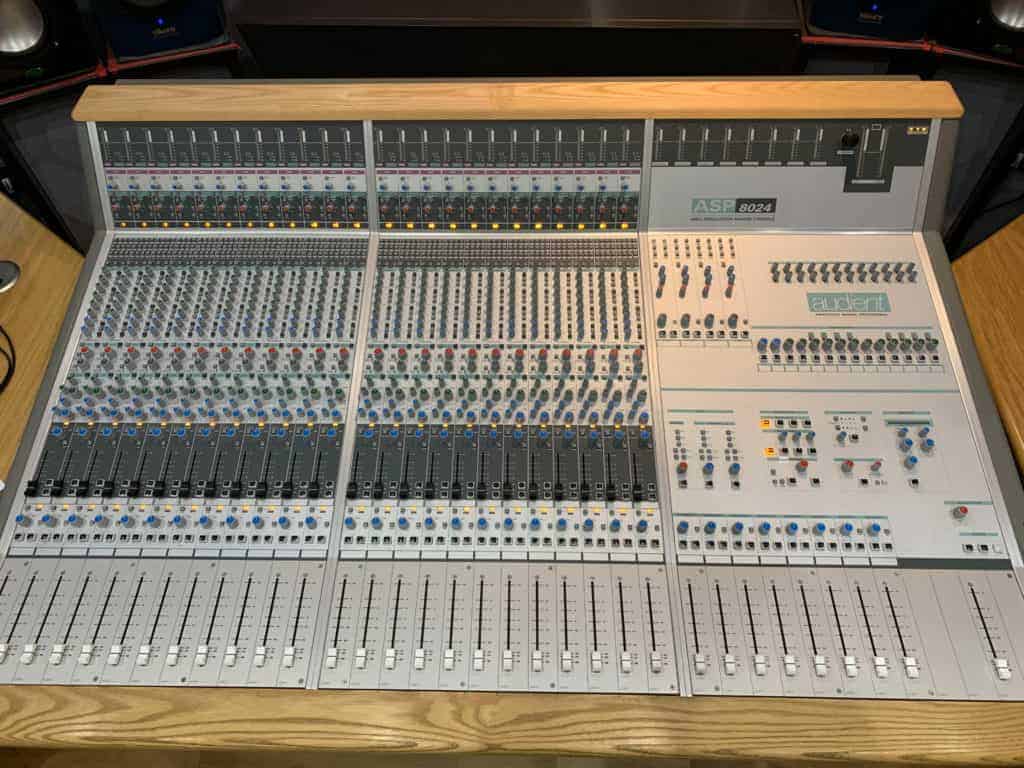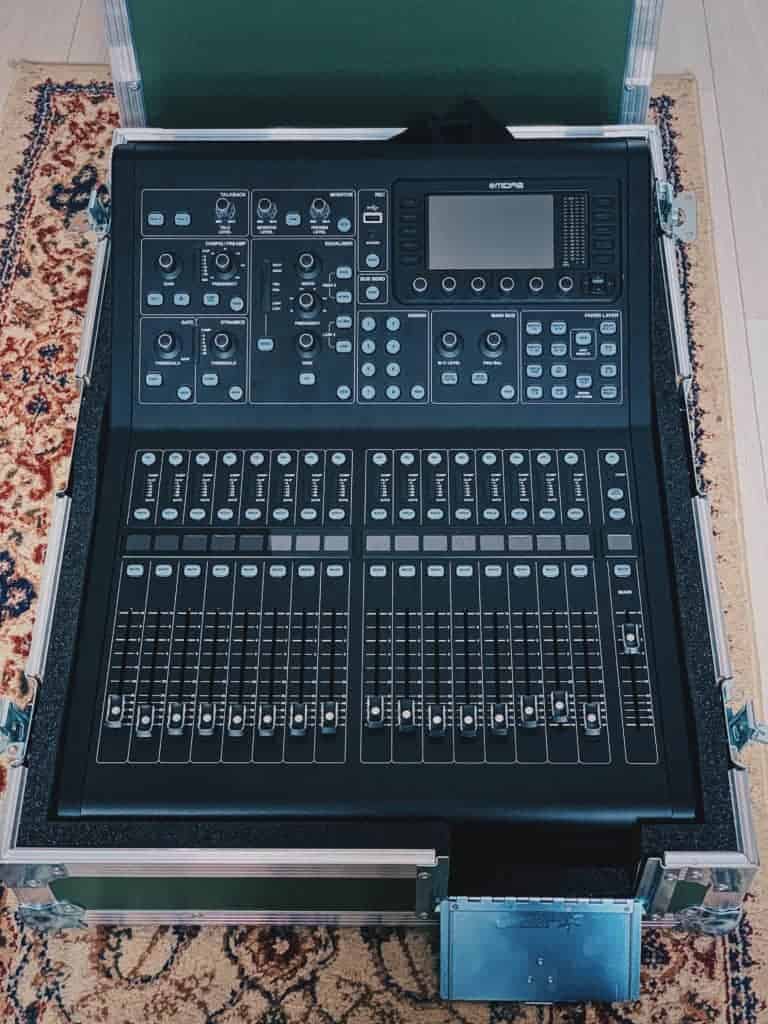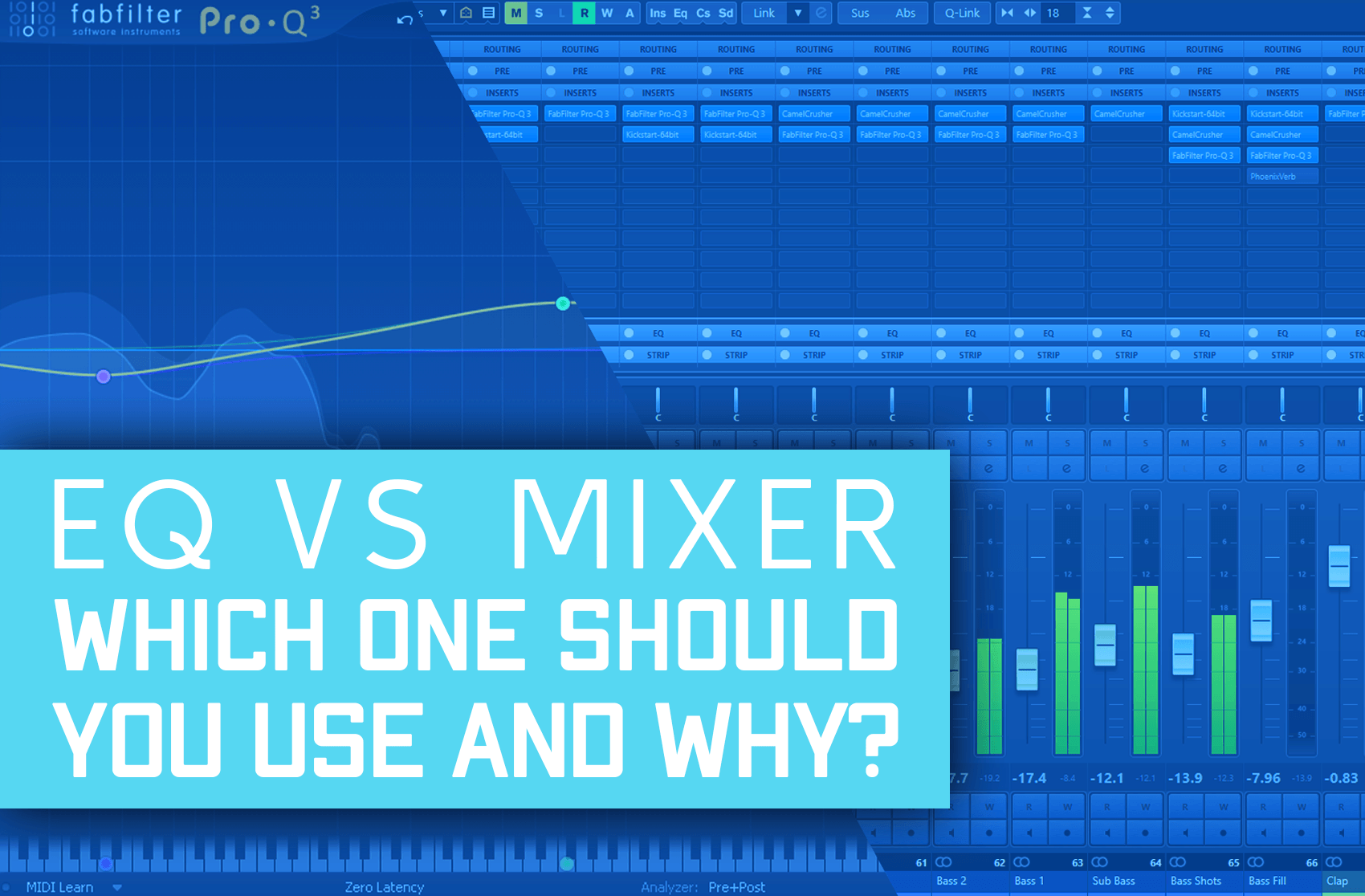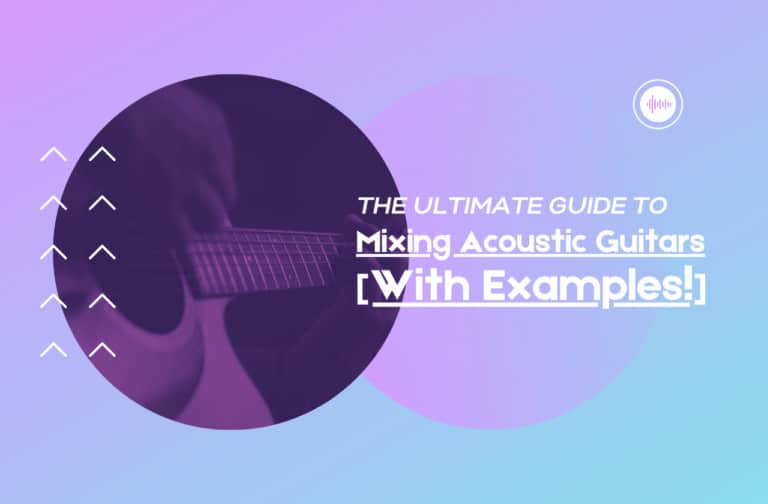Equalizers and mixers are often confused with each other, even though in reality they have very different uses, although there can be some overlap.
I myself see a lot of confusion around this topic among people who are just starting out their music career, or aren’t familiar with the technical side of things. Today I’ll explain this topic as clearly as possible, so there’s no place for confusion.
EQs are used to boost, decrease, or cut frequencies, and mixers are used to route audio signals to different places. EQs are a necessary tool for anyone who deals with audio. However, mixers are necessary only when you want to mix two audio signals together.
What is an Equalizer?
An Equalizer is a tool used to alter certain frequencies within a sound. All sounds contain frequencies, which are measured in Hertz, HZ, and the human ear (at its best) can hear from 20Hz to 20,000Hz. Frequency and pitch are proportional, so the higher the frequency of a sound, the higher the pitch.
Equalizers are used within music production in all sorts of different ways. Changing the frequency content of audio can be beneficial to help multiple sounds work together. For example, if you have a kick drum and a bass guitar within your track, and you’d like to create a sense of space and separation between them, rather than them interfering with each other, you can do this through use of EQ.
EQ is also commonly used in live sound to get rid of feedback. Or to help musicians hear more of themselves on stage. It can also change the tone of individual sounds, by making them sound more or less detailed, or more “boomy” for example. If you have an electric guitar, it probably has a tone knob on it. This is a very simple form of equalization.
Equalizers can come in different forms, and analog EQs are most commonly found as 19 inch rack mount units. These then take an XLR or TRS jack input, treat the sound, and then output in the same way. They’re also seen as slightly smaller 500 series units, but more commonly nowadays, they’re found as plugins within a DAW.
What Is A Mixer?
A mixer, or mixing desk, is a tool used to route audio signal to different places. Often found in larger recording studios, or at live performances, they tend to have numerous microphone inputs, and can dictate where the audio is being sent, and how.

Mixers can come in 2 main forms, analog and digital. Analog mixing desks are very simple to operate, and generally consist of preamps, a 3 band EQ, auxiliaries, and faders. The preamp is the part that will amplify the signal from the microphone, and transmit it to the next stage. The auxiliaries, or aux sends, will control how much of the signal is sent to another place (external effects, or stage monitors for example), and the fader will determine how much of each channel is sent to the main output.
A 3 band EQ is an EQ with 3 different areas of the frequency spectrum it can control (bands). These 3 bands are usually known as lows, mids and highs, and each control a section of the 20-20kHz spectrum of human hearing.
Digital mixers are much more complex, and can sometimes be very difficult to understand. They have all the main features of analog mixers, as well as many more, and have built in computers running their own software to optimise audio routing.
Some mixers have audio interfaces built in, so they can connect to a computer via USB and allow you to record straight into a DAW. This is a common budget solution for making recordings, and can be a feature of analog or digital mixers.
Do I Need An Equalizer Or Mixer?
Whether you need an equalizer or a mixer really depends on what you plan to do with them. Most DAWs have at least one built-in equalizer, so if you solely want to alter the frequency content of some audio, and don’t have a seasoned professional ear, then this equalizer will more than likely do its job perfectly.
Hardware equalizers are a lot less common in budget studios nowadays than they used to be, but they’re still seen a lot in venues for live sound.
Running your master (the sum of all of your channels) into a stereo EQ before it hits the PA system can give some extra physical control over the overall sound in the room, especially if you’re using an analog desk.

If you’re looking for the ability to record and capture audio, an EQ definitely won’t help you there, and a mixer with a built in audio interface would be much more suited to your needs.
If you already have an audio interface but want to route some signals for monitoring, or if you want to sum lots of inputs together, for example if you have a complex hardware synth set up, or if you’re recording a live band, then a mixer is more than likely what you need. That or a larger audio interface.
Mixers with lots of channels are typically available for a lot less money than audio interfaces with lots of channels, and it’s possible to run all of your channels through the mixer, and then sum them together into 2 channels to take it all into the audio interface.
Crucially though, you won’t be able to alter the levels of each element after they have been recorded.
Like a hardware EQ unit, you can also run your already recorded audio back out of the computer, and through the mixer. This would allow you to apply and record in any changes through the mixer, including the use of its EQ.
Is My Mixer’s Built-In EQ Enough?
Different mixers have very different EQs, and depending on the mixer you have, the built in EQ may be just as functional as a dedicated EQ unit.
If you’re using something like a MIDAS Pro 2 digital desk, then the built in EQ is of a really high quality. On the flip side if you’re using something like a small 2 channel Behringer Xenyx with a 3 band EQ with fixed bandwidth – it might not always be up to the job.

I should add there – bandwidth is the width of each band, so how wide or narrow each boost and cut is, and this can really change the sound, so it’s a very important feature.
As well as a 3 band EQ, a lot of mixers will also have a built in high pass filter. A high pass filter allowed the low frequencies to be cut from the audio, which can reduce rumble, and on occasion provide some more headroom.
If you’re in need of some real surgical EQ – honing in on certain narrow frequencies to treat your audio, then a plugin is almost always going to be the easiest option. If it’s just a rough treatment and some low cuts, then a 3 band EQ might cut it. It’s really dependant on the mixer and the situation itself, but one thing is for certain – if you’re well practiced and using your ears, all of your EQ will fall into place much easier.







